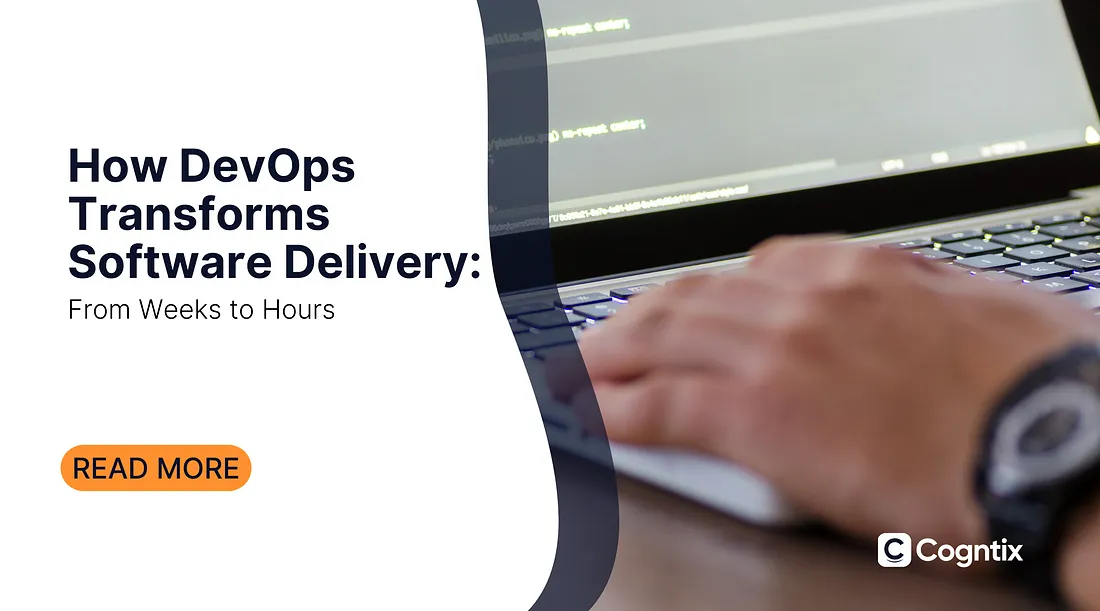When businesses develop software, the focus is usually on speed, features, and UI design. Clients want quick turnarounds, developers aim to ship fast, and teams prioritize new functionalities over quality assurance (QA).
But what happens when an app crashes under high traffic, exposes user data, or breaks a core feature after an update?
We’ve seen it happen too often, companies push products to market without proper testing, only to spend months fixing bugs, issuing refunds, and dealing with frustrated users. At Cogntix, we take a different approach.
QA isn’t just a final checklist before launch, it’s a continuous, integrated process that ensures software is stable, secure, and scalable from day one.
Why Many Software Products Fail After Launch
Many teams follow a structured Software Development Life Cycle (SDLC) model, but testing often takes a backseat to development speed.
The result? Late-stage failures that could have been caught early.
1. Bugs Surface Too Late
Skipping early-stage testing means major architectural issues remain hidden until the final phases, making fixes expensive and time-consuming.
2. Manual Testing Slows Development
Without automated test suites, teams rely on slow, repetitive manual testing, leading to delayed releases and inconsistent results.
3. Lack of Performance & Load Testing
An app might work fine in testing but fail under real-world usage. Without stress testing, high traffic can bring down entire systems.
4. Security Vulnerabilities Get Ignored
Most QA efforts focus on functionality but ignore security risks like insecure authentication, data leaks, and unprotected APIs. One breach can destroy customer trust and lead to legal issues.
5. No Regression Testing for New Updates
Every update introduces new risks. Without proper regression testing, fixing one bug could break an existing feature, creating a frustrating cycle of endless patches and rollbacks.
These aren’t just technical issues, they impact revenue, reputation, and customer retention. That’s why Cogntix embeds QA into every stage of software development.
How Cogntix Integrates QA into the Development Process
We don’t just test at the end, we integrate automated, performance-driven, and security-focused QA into every sprint.
CI/CD Pipelines for Continuous Testing
Every code change triggers automated tests within CI/CD pipelines, catching errors before they reach production.
Automated UI & Functional Testing
Using Cypress, Selenium, and Jest, we ensure that web and mobile interfaces work across all devices and browsers, catching usability issues early.
Load & Stress Testing for Scalability
We simulate real-world traffic using JMeter and k6, ensuring your application can handle high user loads without crashing.
Security & API Testing
Using OWASP-based penetration testing, we identify vulnerabilities in authentication, encryption, and API endpoints before hackers do.
Regression Testing for Stability
Every new feature is tested against previous builds, preventing updates from breaking core functionalities.
Real-Device Mobile Testing
We test Flutter and React Native apps on real iOS and Android devices, ensuring compatibility across screen sizes and OS versions.
Why QA Is an Investment, Not an Expense
Many businesses treat QA as an optional step, until a critical bug costs them money. At Cogntix, we don’t just build software, we ensure it’s built to last. Our comprehensive QA strategies guarantee reliability, security, and long-term scalability.
Before you launch your next product, ask yourself, Is it truly ready for real-world users? If not, let’s fix it before your customers find out. Cogntix is here to help.
Written by: Gayathri Priya Krishnaram (Digital Content Writer at Cogntix)




